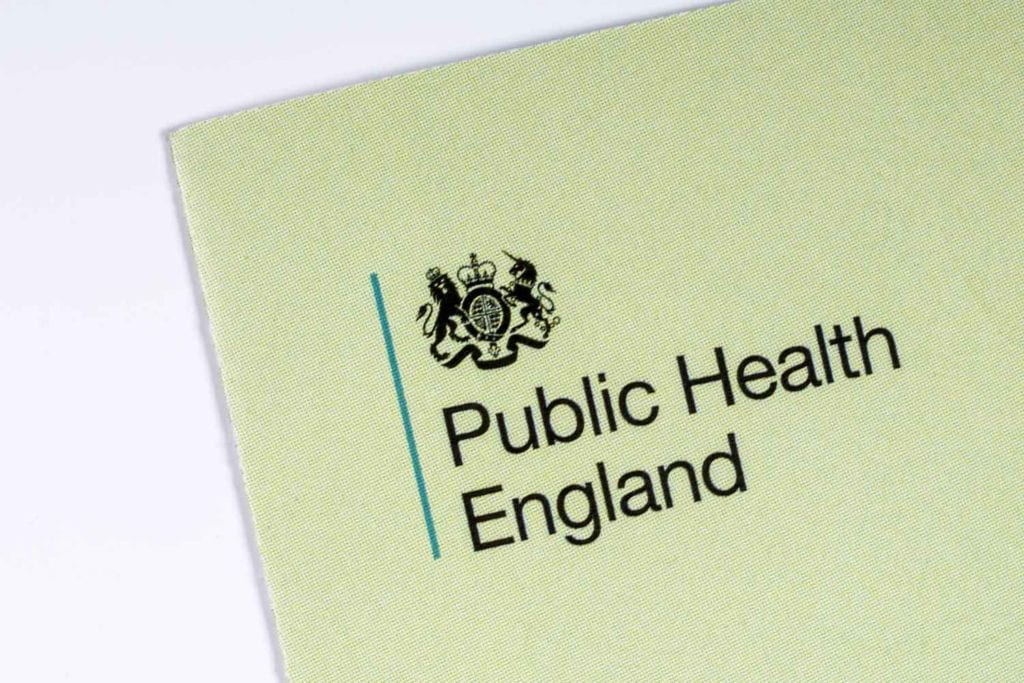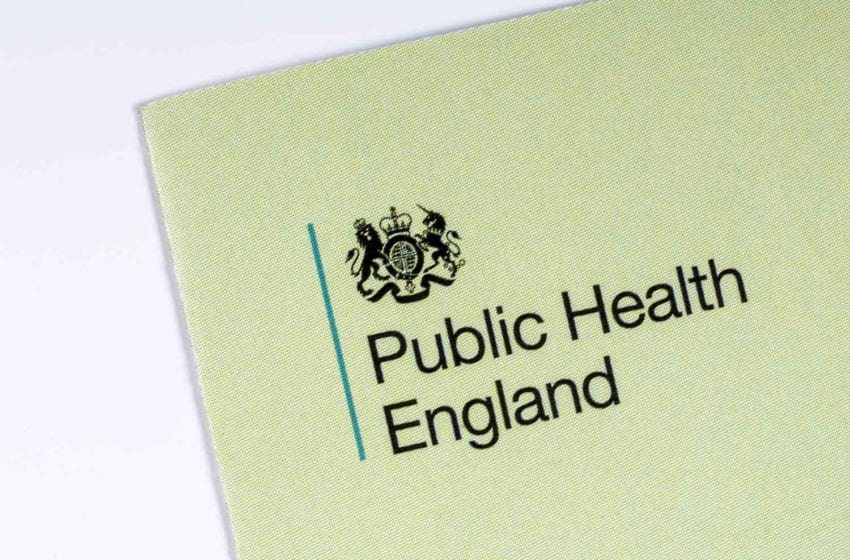
Public Health England’s (PHE) latest evidence review reinforces vaping’s role in smoking cessation as well as the low rate of use among underage never-smokers.
As the U.K. prepares to reevaluate its Tobacco & Related Products Regulations following Brexit, the report shows great successes in harm reduction and smoking cessation linked to vaping products.
In every region of the country, quit rates among adult smokers were found to be higher with the use of vaping than with other products, ranging from 49 percent success in the South West to 78 percent in Yorkshire and the Humber.
PHE states that the use of nicotine-replacement therapies (NRT) among long-term former smokers is declining while the use of vaping products is increasing. Citing data from Action on Smoking and Health, the review highlights that the most common reasons given for vaping were to quit combustible cigarettes (29.7 percent), stay off cigarettes after quitting (19.4 percent) and to reduce tobacco consumption (11.2 percent).
Flavors remain an important driver for those using vaping products, with 31.6 percent of vapers reporting fruit flavors to be their preference.
Uptake among “never-smoker” youth remains very low, between 0.8 percent and 1.3 percent, with PHE confirming that this rate has not increased in recent years.

“This a defining moment for the vaping sector and truly shows the considerable progress it has made against a backdrop of significant misinformation around the industry, with Public Health England once again stating that perceptions of the harm caused by vaping compared with smoking are increasingly out of line with the evidence,” said John Dunne, director general of the U.K. Vaping Industry Association (UKVIA).
“This latest data, which the review is based upon, provides incontrovertible evidence as to the importance of vaping to successful smoking cessation and the nation’s public health.”
Dunne also pointed to challenges that need addressing by the industry and policy makers.
“Despite the many positives in this report, a great deal remains to be done,” he said. “Action on Smoking and Health, for example, has found that just 11 percent of local authority stop-smoking services are offering vaping products to some or all of those trying to quit smoking. With the clear efficacy of vaping evidenced in this report, we must ensure this figure grows.
“As an industry, we also share PHE’s views on stronger enforcement in preventing underage sales. In our response to the government’s TRPR consultation, which we will be publishing shortly, we call for fully funded regional and national test purchasing schemes to better understand compliance and to help educate retailers on their legal requirements. The UKVIA has already published the first ever Preventing Underage Sales Guide for vape shops and online retailers, which has been supported by Trading Standards.
“The review’s finding that more than 50 percent of people believe vaping to be as harmful or more harmful than the use of combustible cigarettes means we need to keep educating smokers about the fact that vaping is a fraction of the harm of smoking, has literally changed the lives of former smokers for the better and is acknowledged as one of the best ways to quit conventional cigarettes.”











